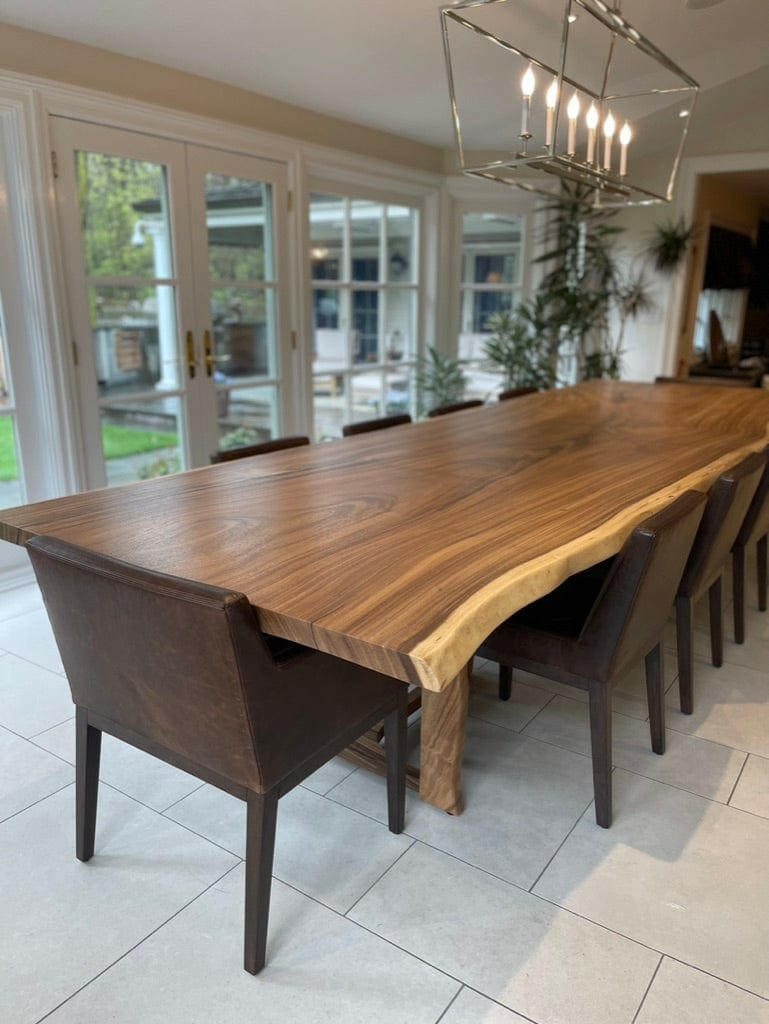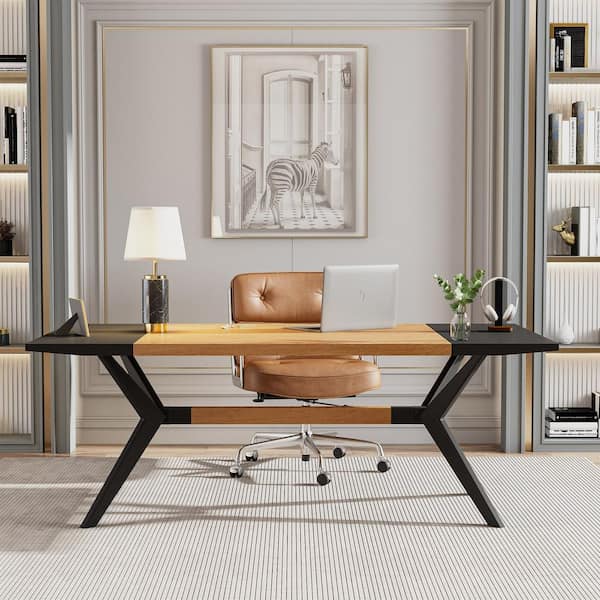A Comprehensive Look at Table Leg Styles: Finding the Ideal Suit
Selecting the appropriate dining table leg design is essential for both visual appeal and functional functionality. For those with bigger tables, trestle legs guarantee tough support, whereas barrette legs present a mid-century contemporary ambiance with their minimal layout. The x-shaped legs mix modern style with improved stability.
Traditional Four Legs
Amongst the numerous kinds of table leg designs, the typical four-leg layout remains an ageless option for several houses. This classic setup uses an unified mix of capability and aesthetic appeals, making it a seasonal fave. 4 legs provide balanced support, guaranteeing the table stays steady and qualified of birthing significant weight. This is specifically useful for houses that regularly hold big events or utilize their table for numerous purposes, such as work or crafting.
From an aesthetic viewpoint, the typical four-leg layout can be quickly adapted to various interior designs. Whether crafted from timber, steel, or a combination of materials, these legs can be delicately sculpted, smooth and minimalistic, or anything in between. Their flexibility allows them to enhance both rustic and modern settings seamlessly.
In addition, the simple structure of the four-leg design promotes simplicity of movement and positioning within a space. Unlike even more complicated bases, this style decreases obstructions, providing enough legroom for diners. In recap, the standard four-leg eating table leg design marries sustaining beauty with useful functionality, making it a sharp choice for those looking for both form and feature in their dining furnishings.
Pedestal Base
Typically commemorated for its classy and space-efficient style, the stand base is a notable alternative to the conventional four-leg setup in eating table leg designs. Without edge legs, restaurants are afforded greater flexibility of motion, making it an excellent selection for round and oval tables that promote more intimate and inclusive events.
Additionally, the stand base's central support can manage considerable weight, permitting the usage of larger table tops, such as marble or thick wood. This toughness coupled with its visual versatility makes the stand base a prominent option in both standard and contemporary indoor settings. It can perfectly integrate with various design themes, from classic elegance to minimalist modernity. The main column itself supplies a canvas for detailed layouts and creative expressions, adding an element of aesthetic rate of interest below the table. In recap, the stand base integrates functionality with style, making it an improved and functional choice for diverse dining settings.
Trestle Legs
Trestle legs offer a robust and ageless foundation for eating tables, defined by their horizontal cross-bracing and strong assistance light beams. Originating from middle ages times, this design has actually developed yet maintained its vital structure, making it a seasonal favorite in both standard and contemporary settings. The main trestle light beam, typically sustained by two or even more vertical articles, offers exceptional security, enabling for bigger table lengths without read review the requirement for additional legs.
A considerable advantage of trestle leg tables is the enough legroom they provide. Unlike tables with 4 corner legs, the absence of blockages at the table's sides offers unobstructed room for chairs and diners, improving convenience and accessibility. This makes trestle tables suitable for accommodating bigger events, whether in an eating room or a banquet hall.
The aesthetic convenience of trestle legs is noteworthy. Available in a range of products such continue reading this as timber, steel, and composite, they can be finished to match a large range of interior designs. From rustic farmhouse to smooth modern-day layouts, trestle legs can be customized to fit specific tastes. Their enduring appeal and practical benefits make trestle legs an engaging selection for those looking for both style and practicality in their table.
Barrette Legs

The appeal of hairpin legs hinges on their simplicity and adaptability - dining room table legs. Available in a series of products, including steel and brass, they can be completed in many shades to match different interior designs. Whether coupled with a rustic wood tabletop or a contemporary glass surface area, barrette legs effortlessly blend performance with a touch of classic charm
Longevity is one more significant attribute of hairpin legs. Despite their delicate look, these legs are crafted to birth substantial weight, making sure the eating table continues to be stable and protected. Additionally, they are fairly easy to set up, making them a prominent selection for do it yourself lovers and specialist furnishings manufacturers alike.
X-Shaped Legs

Constructed from materials such as steel, wood, or a combination of both, X-shaped legs can be tailored to match numerous style preferences. Steel legs usually offer a sleek and industrial feel, suitable for loft-style apartment or condos and modern-day eating spaces. On the other hand, wood X-shaped legs offer a warmer, much more rustic appeal, suitable for farmhouse or diverse interiors. The adaptability in materials permits property owners to tailor their table to better fit their total layout scheme.
In addition, the design behind X-shaped legs makes certain also weight distribution, lessening the danger of tottering and boosting durability. This makes them especially well-suited for bigger table that require extra assistance. Essentially, X-shaped legs blend functional design with modern-day appearances, making them an ageless selection for varied eating settings.
Verdict
A thorough understanding of dining table leg styles exposes the distinctive characteristics and advantages of each design. Trestle legs make sure robust assistance for bigger tables, and hairpin legs present a mid-century modern-day aesthetic.